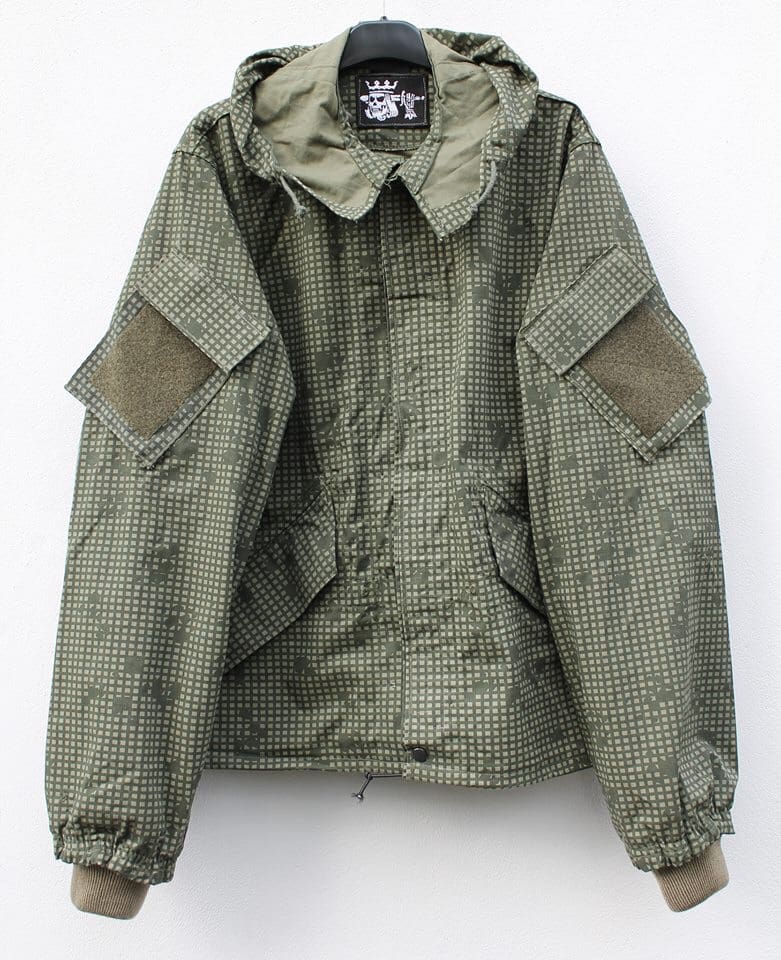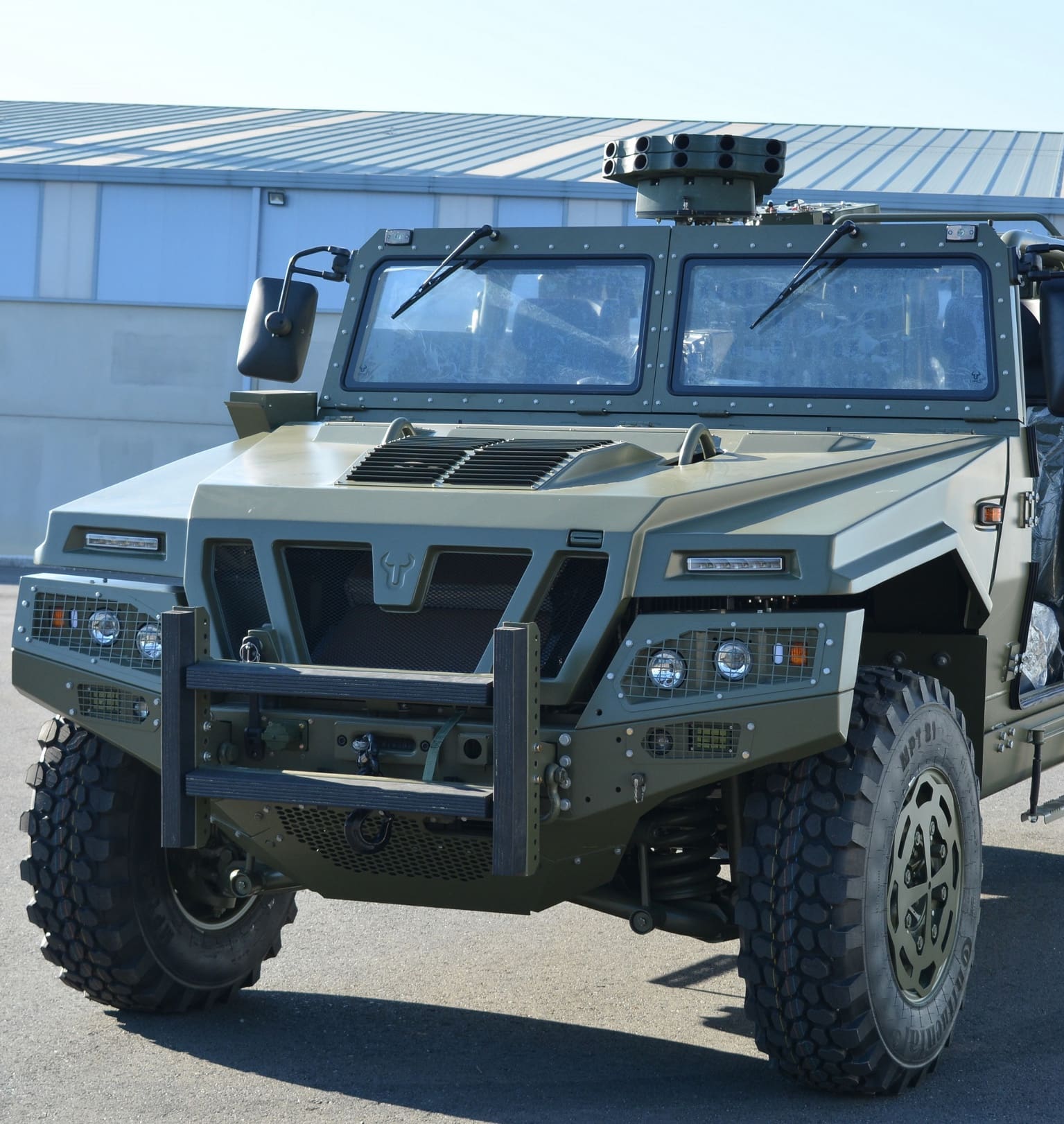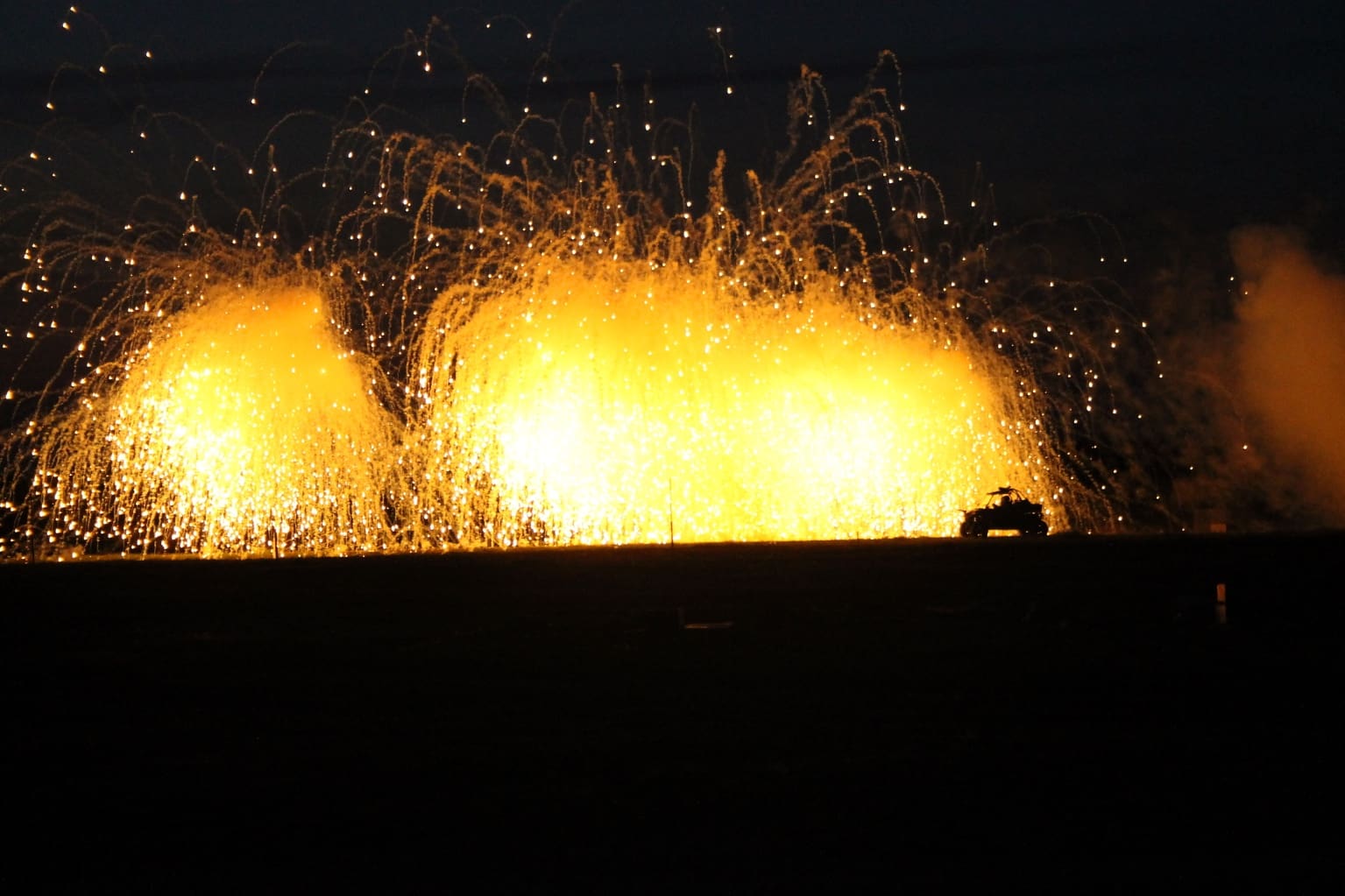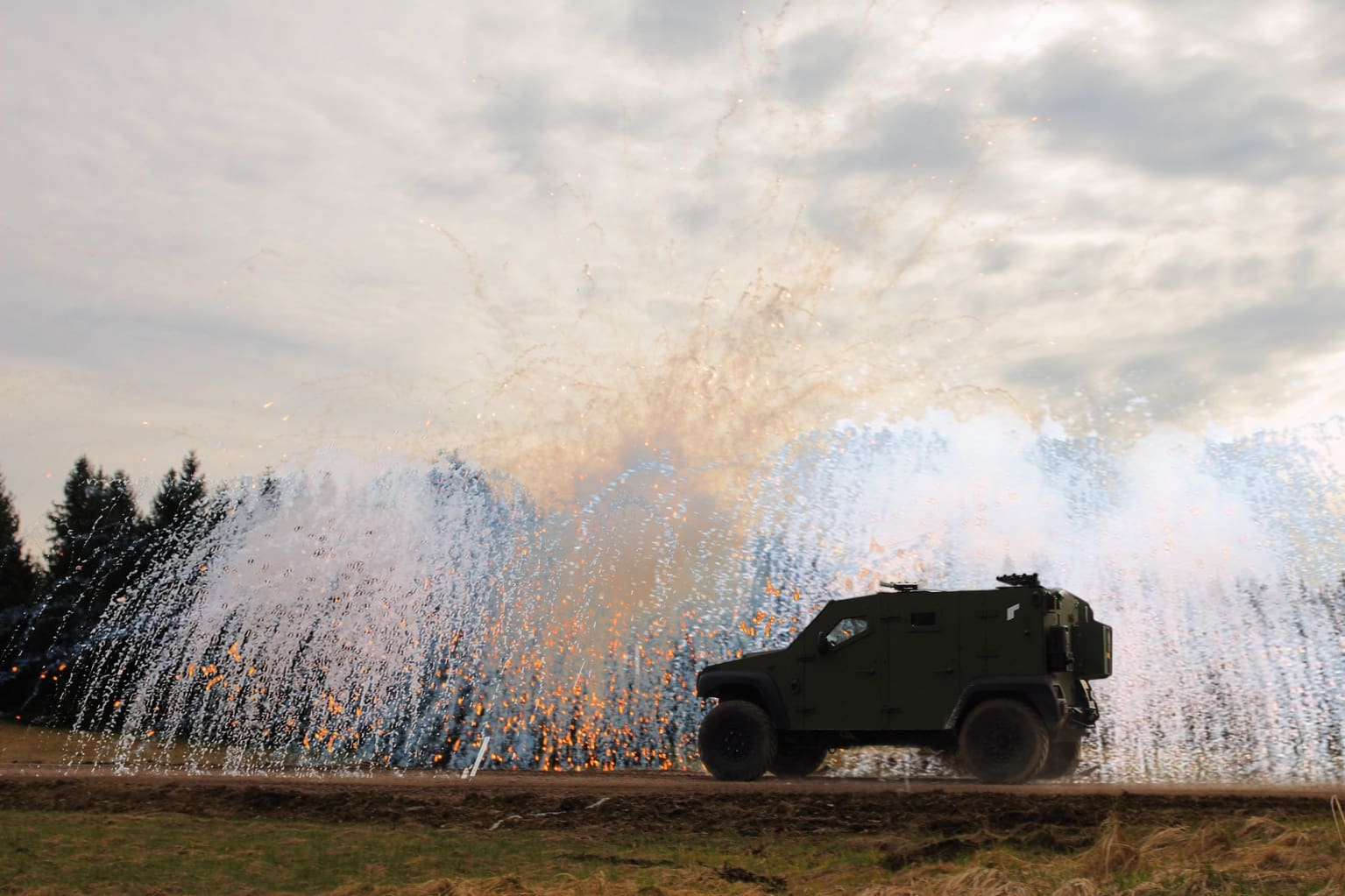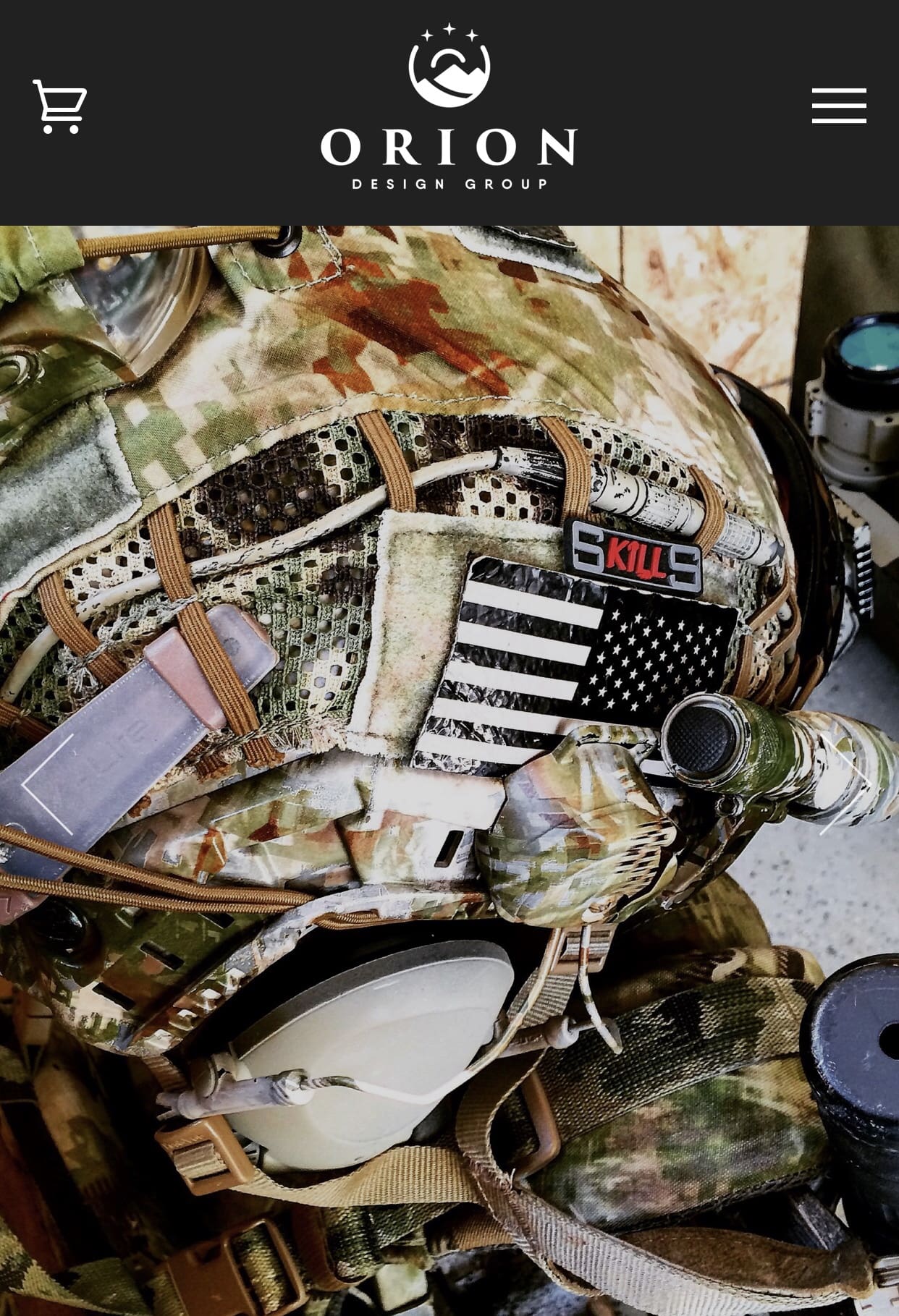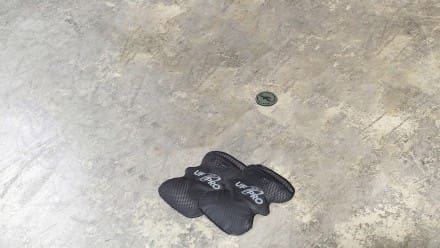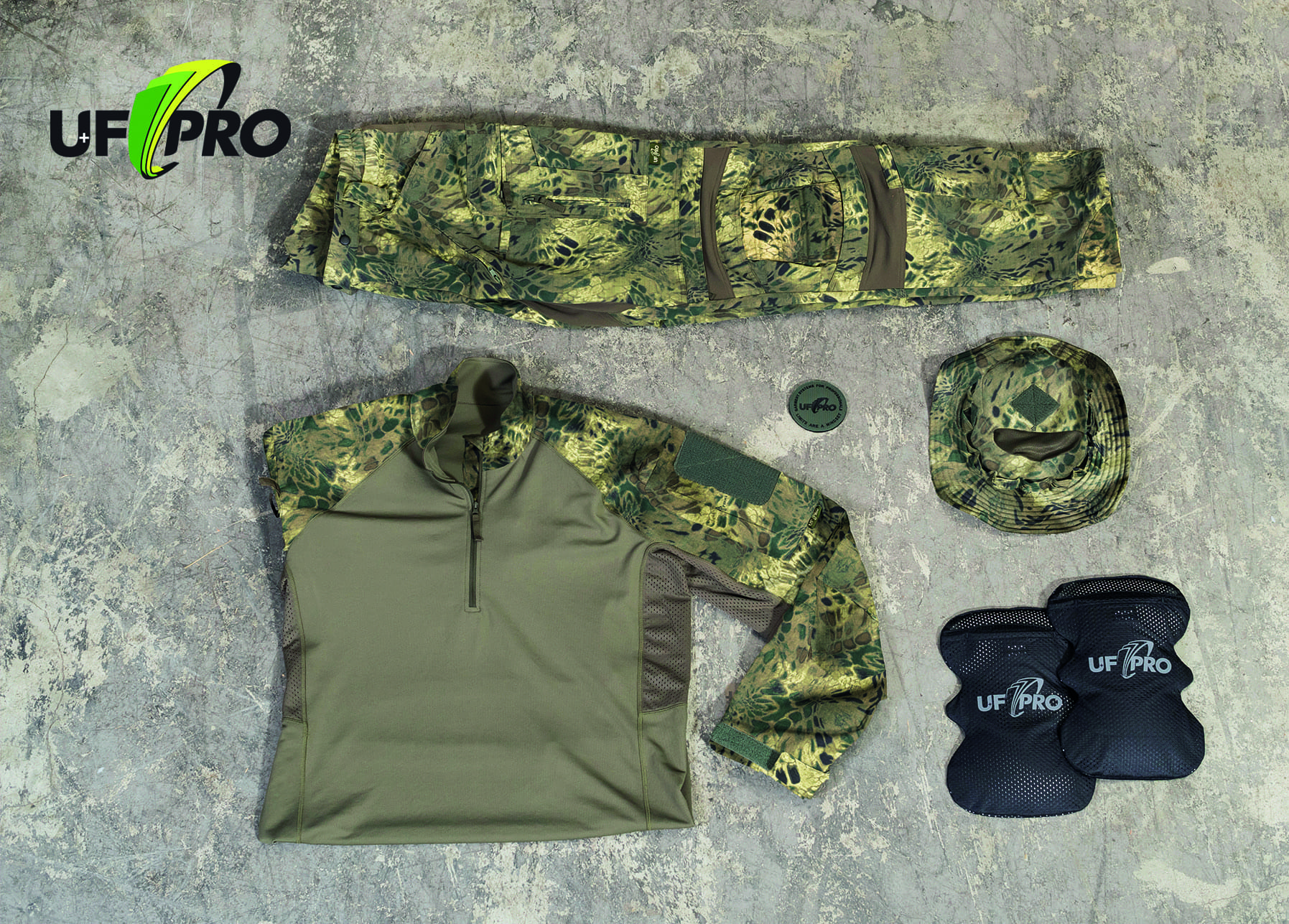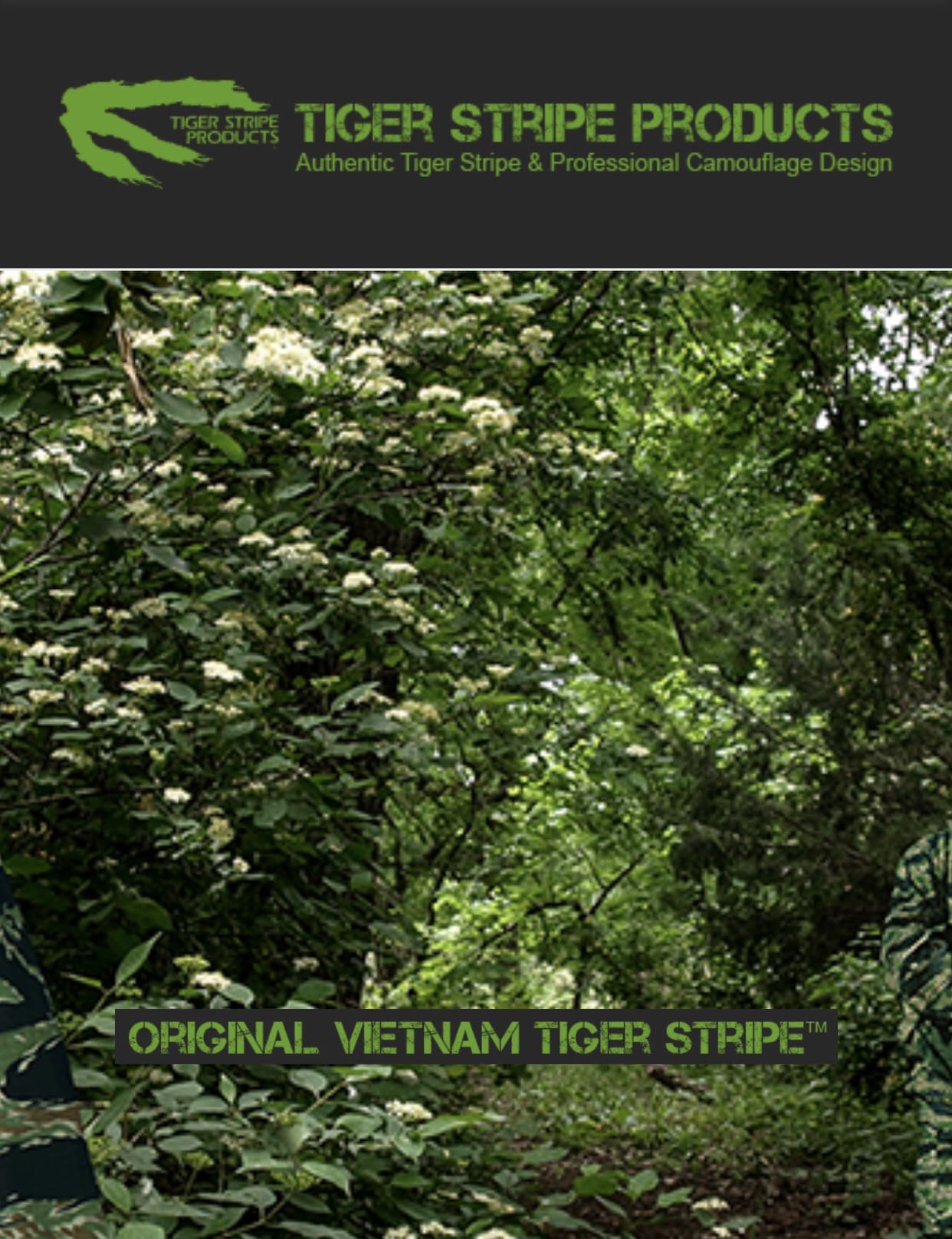Every camouflage pattern is only just as good as its application. CONCAMO is new, was presented during IWA 2018 and is going its way ever since: this time straight to Heckler & Koch. During a joint photoshoot with the German weapons manufacturer on their own testing grounds, not only the best gear in CONCAMO was being used. It also featured two special main characters: G27 and G95 (pictured below), as well as some other newcomers…
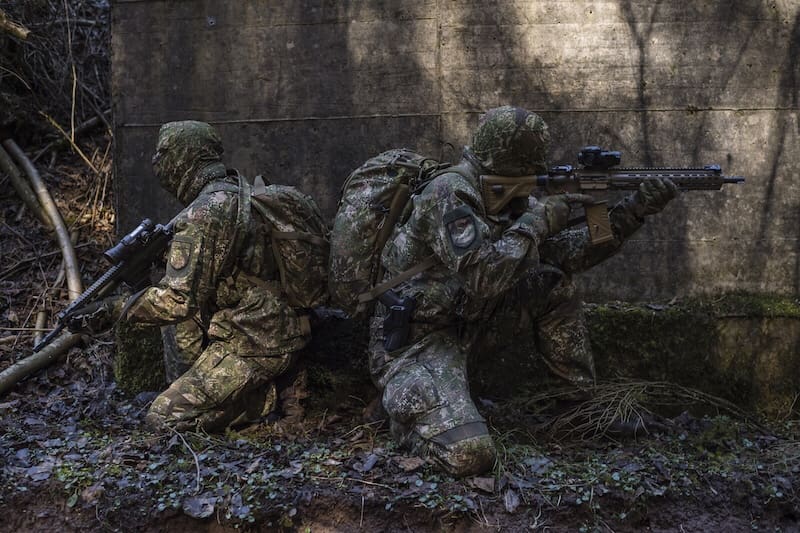
CONCAMO has already come so far to be “operational”. Both men are fully equipped. And in the course of this article we will reveal step by step what you can see on the pictures. For starters the new G95 for the German Special Forces. The HK416A7 is going to be adopted by the KSK as well as the frogmen.
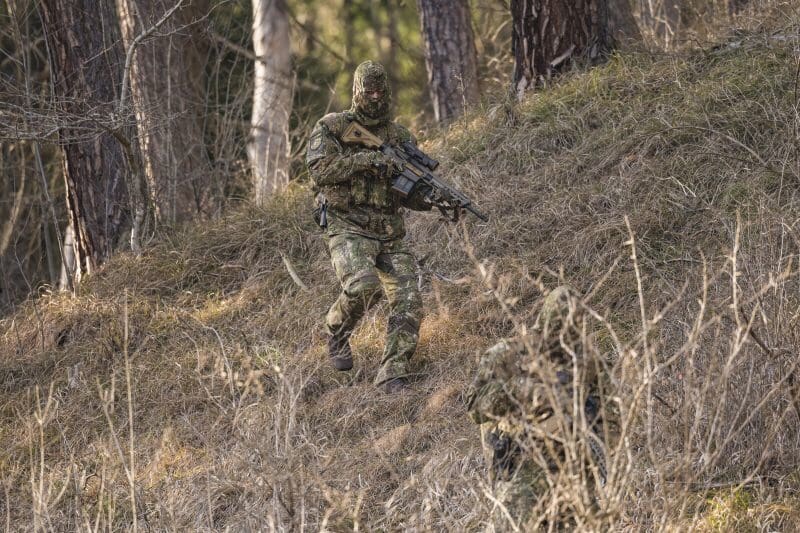
The bigger brother is the G27, which is already in use by the Bundeswehr. Using the nomenclature of Heckler & Koch, it is a HK417. This weapon is not only available as DMR, but also as equipment for the Special Forces with a higher calibre.
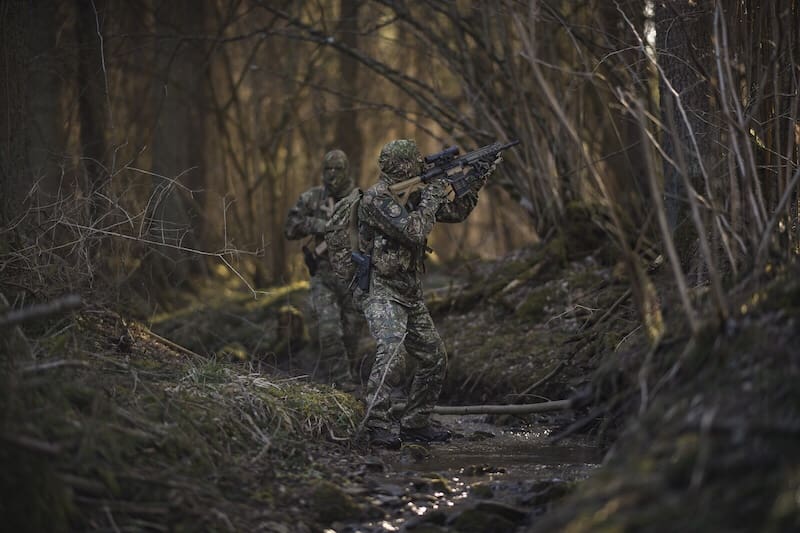
What we also see with this wonderful new pictures is, how CONCAMO blends into the natural environment. The camouflage pattern feels right at home in the forest with all its different facets. The G27 is equipped with the Elcan Specter DR for calibre 7,62.
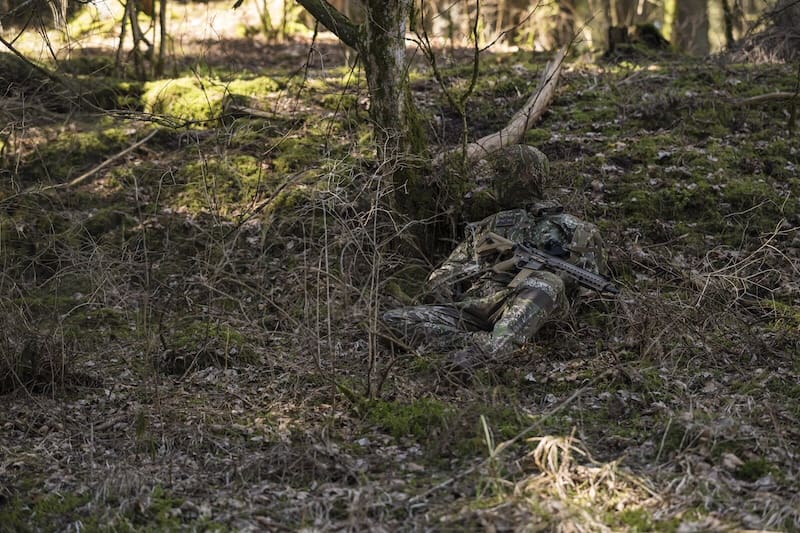
Moss and leaves, the play of the light. The marksman in CONCAMO nearly disappears on the surface of a clearing at the testing grounds of Heckler & Koch
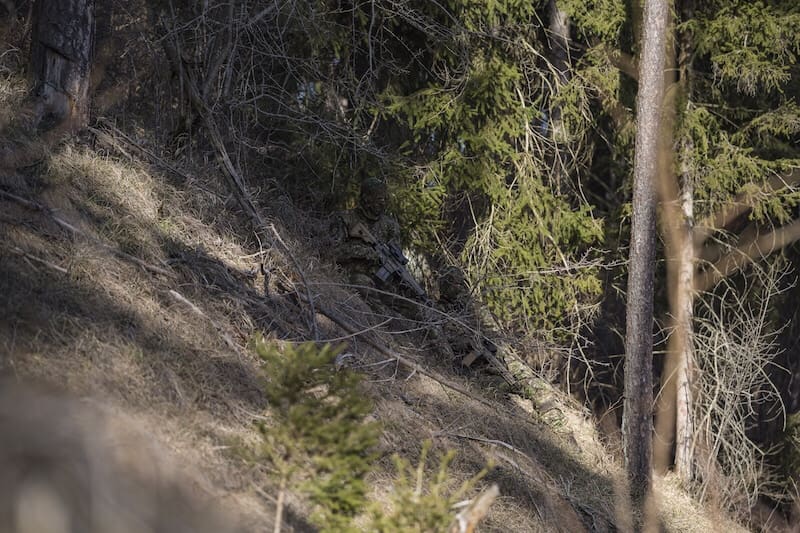
At the border of the forest both men are nearly invisible as well – without any additional means of camouflage. If you want to know more about the background of CONCAMO: here is our Interview with Matthias Bürgin, who developed the pattern.
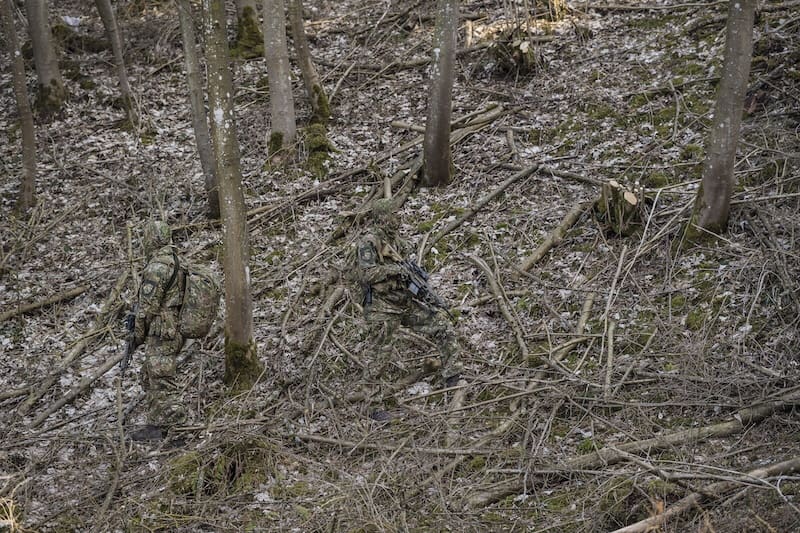
This camouflage makes also use of the underground in the freshly cut forest. Even if both men are standing, they are hard to recognize at first glance. CONCAMO works how camouflage is supposed to: it blurs the outlines.
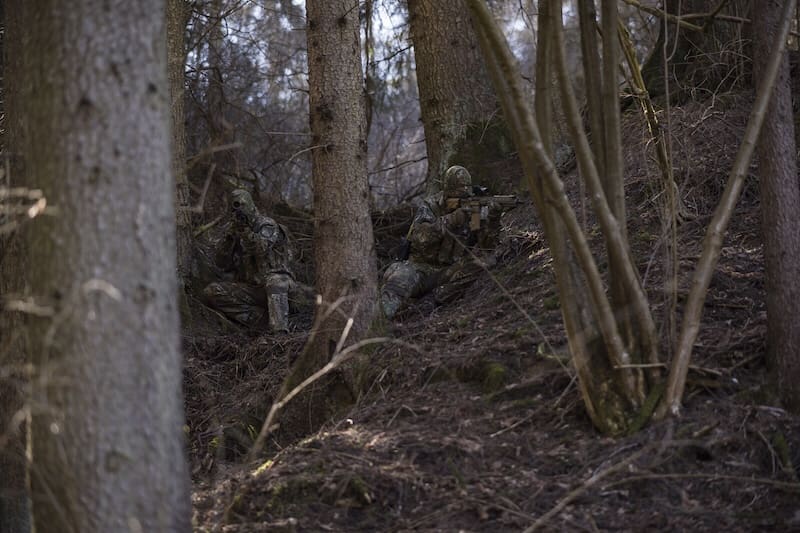
Even the brown forest soil has no issues with the new camouflage pattern. If you want to see more field tests with CONCAMO: CONCAMO in the field 1. And here: field test 2.
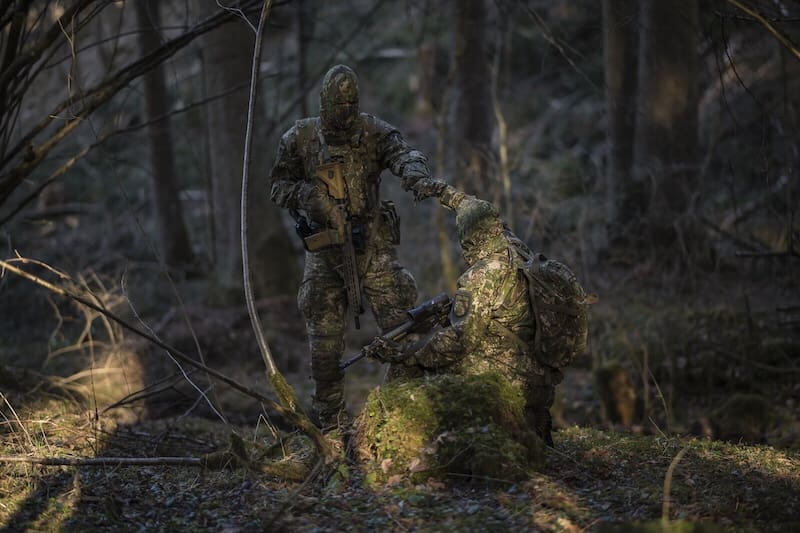
The uniform worn by both of the pictured test persons is the new Striker Gen. 2 by UF PRO. It was already presented by SPARTANAT here. The set is available directly from UF PRO: Here the CONCAMO page of UF PRO.
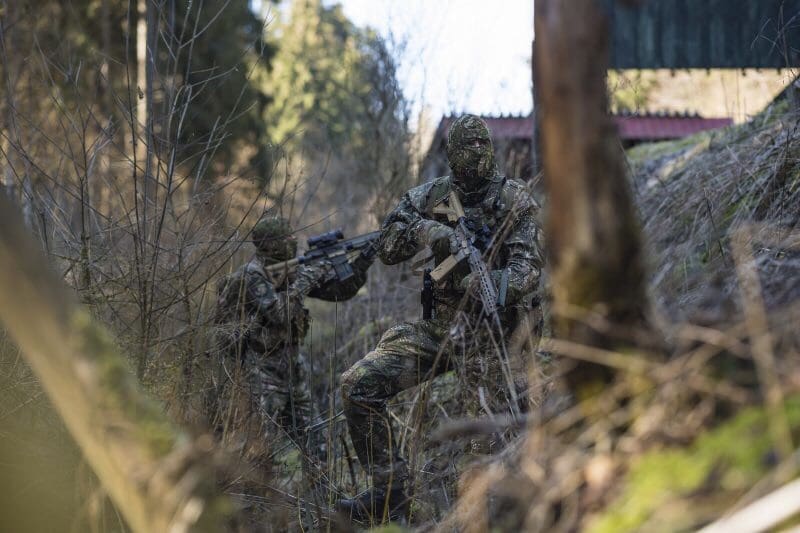
Not everyone wants to show their faces, we understand that… Camouflage materials for advanced users are being provided by NONVIDE – we looked at their first products during IWA 2019. The mask is made of a very thin material, which does not obstruct breathing. The camouflage effect however, is obvious.
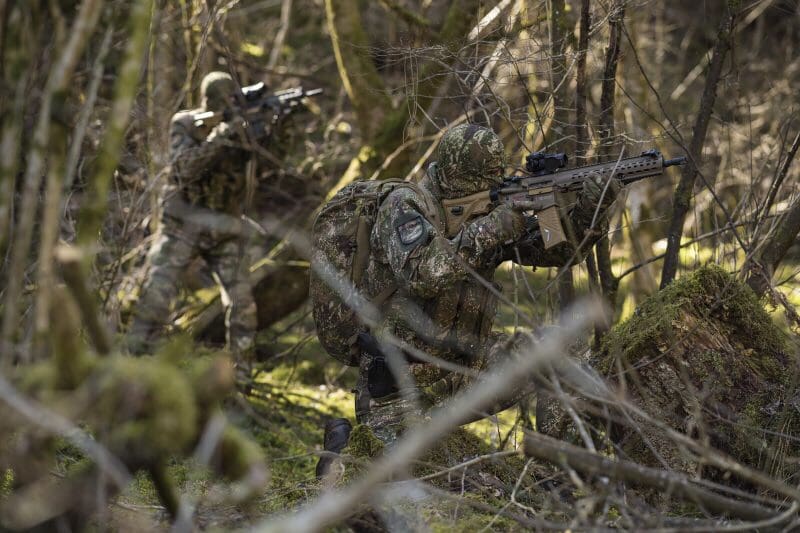
There is no soldier without a backpack. The one on the users back is the Modular 30 pack by Tasmanian Tiger – we discovered the very first piece as a unicorn during Shot Show 2019 in Las Vegas. The backpack is being reviewed at our site. The CONCAMO version will be available from June 2019 – here we can show you some more pictures, exclusively for you.
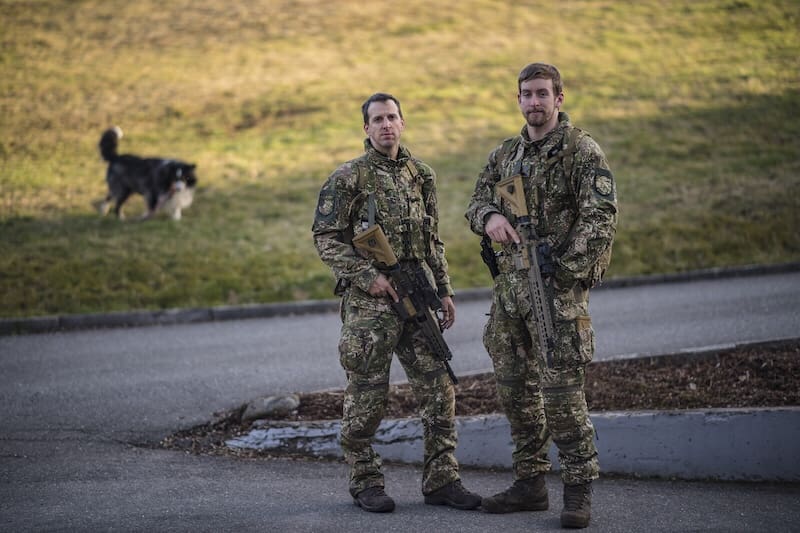
In fact, not after a shootout, but after a shooting: men without the mask. Matthias Bürgin (left) is the man behind CONCAMO. With him: Ripperkon, the well-known German blogger on gear, climber and photographer. As a result of CONCAMO being so good in blurring outlines, you can only see at second glance that both of them are wearing full kit. The plate carrier is from md-textil.
Here you can see the detailed pictures from IWA 2019:
CONCAMO on the internet: www.concamo.com
Heckler & Koch on the internet: www.heckler-koch.com
SPARTANAT on the internet: www.spartanat.com
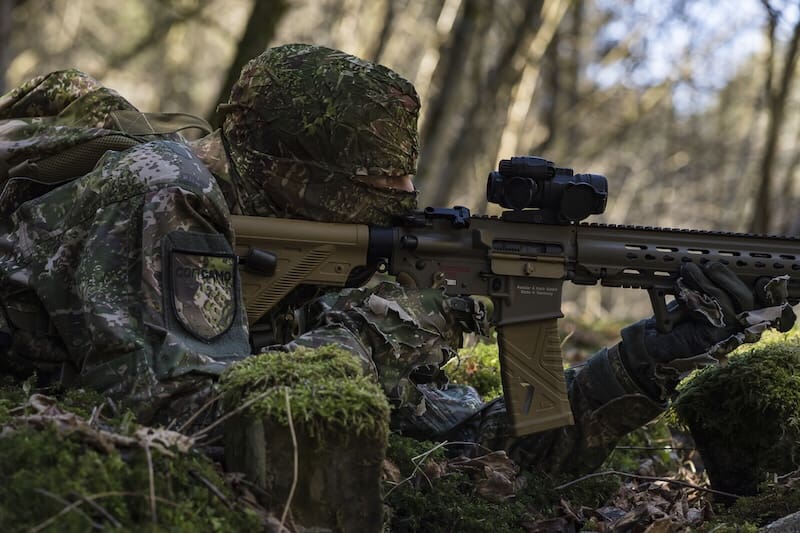
The secret star is the HK416A7 of Heckler & Koch, however. Pictured with the new HK polymer magazines by the way. The G95 will be handed out to German Special Forces soon. We are providing the current status of the G95 HERE.
.



